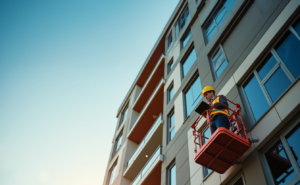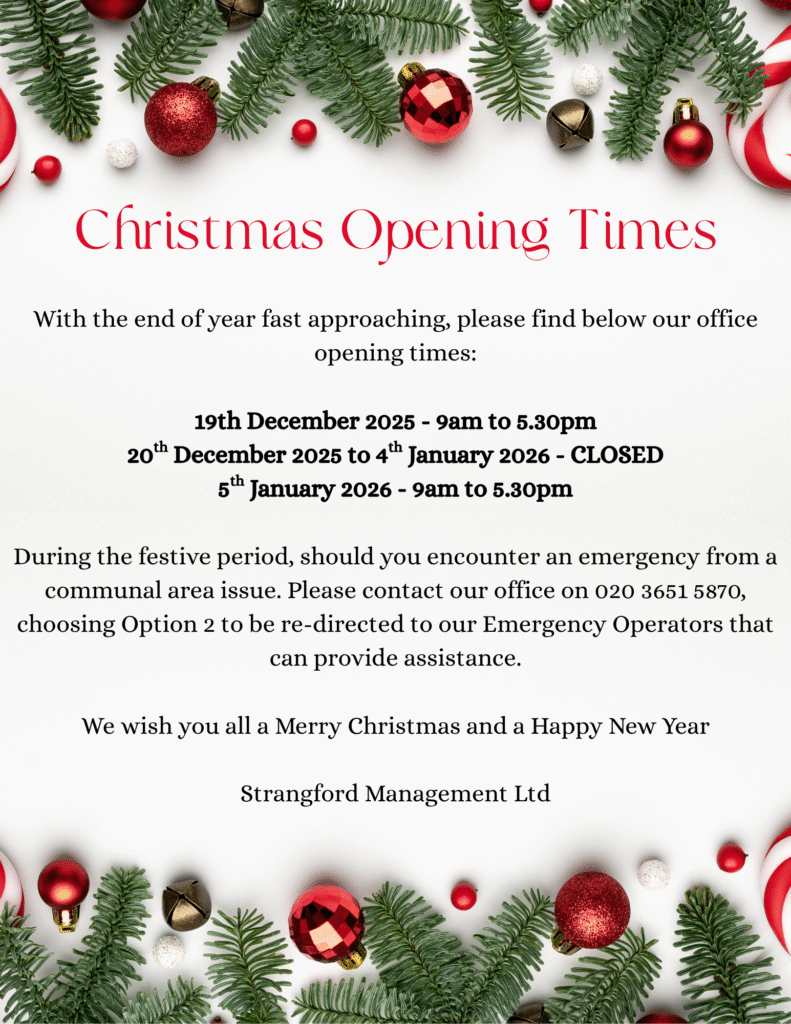As London Block Management specialists, we at Strangford Management represent a number of clients across our portfolio in their legal obligations to complete a fire risk assessment. Our management is specifically tailored to the needs of each individual client. One of the main factors in securing our growth is our understanding of the importance of Health and Safety for our clients.
A common factor that has widely reported over the last 2 years, is the importance of risk assessments, specifically to residential blocks. On 14th June 2017, a truly devasting and tragic event occurred, when a 23 storey building – Grenfell Tower caught fire, 72 individuals, sadly lost their lives that day and a further 74 were hospitalized. Since this tragic event, we as a company wanted to ensure, we left no stone unturned and re-evaluated our Health and Safety procedures and processes, in accordance with our regulatory body, ARMA.
We have pieced together a helpful guide, for leaseholders, on the importance of this assessment and the requirements, we as block managers must follow.
Is it a legal requirement to have a fire risk assessment?
A typical question that block managers receive is, why a risk assessment and legally is it required. The answer is simple, block managers have a legal obligation under the terms of the lease as well as The Regulatory Reform (Fire Safety) Order 2005, to ensure that all buildings on our portfolio are fully compliant with those obligations. As block managers, the safety and security of the building and its residents is our number one priority.
What are the compliance requirements for your building?
As property managers, we have to ensure the services that we provide are for the benefit of the building and in line with both your lease and relevant government guidelines.
A Health and Safety Assessment (HSA) and Fire Risk Assessment (FRA) is an outsourced report produced by a qualified risk assessor who undertakes a full survey of your building. Depending on the size of the building in question, the risk assessment may be carried out over a 1-3 day period. Once the risk assessment has taken place, the risk assessor would compile a report which will highlight any major concerns that will need to be addressed by the Block Manager.
The Health & Safety risk assessment that is carried out is crucial in order to ensure that the building is safe for residents and other members of the public. The risk assessment includes the analysis of maintenance contracts for Fire Alarms, Emergency lighting, AOV ( Automatic opening ventilator), and Lift maintenance.

Who can carry out the Fire Risk Assessment?
Under the Regulatory Reform (Fire Safety) Order 2005, it confirms that a ‘competent person’ should carry out the risk assessments. Put simply, anyone with the necessary knowledge, skills, and experience can undertake the assessment, however, with the ever-evolving changes to the legal obligations surrounding risk assessments, it is advisable that these assessments be left to a professional third party.
How to understand a risk assessment?
The Risk assessment is measured by the use of a Matrix table – Which can be found below

- Severity – (Slightly Harmful, Harmful and Extremely Harmful) and the Likelihood (Likely, unlikely and Highly unlikely)
- These items are coloured coordinated with Red (Requires immediate attention), Amber (Requires attention in a said number of months), and Green (Recommended to be carried out at a later date)
What happens after the risk assessment?
Once the risk assessment has been carried out, relevant actions may have been raised, your Block Manager will have to deal with the issues immediately. It is usual practice that the Block Manager discusses any areas of concern with specialists who will then create a plan to address the issues. If these works are in relation to an upgrade of a specific system, there is a strong possibility that these works may involve a Section 20 process.
How often should a risk assessment be carried out?
Risk assessments are to be carried out every 2-3 years, however, if the building has undertaken any major refurbishment projects since the previous assessment, it is strongly recommended that a new assessment is carried out. This is due to their potentially being new machinery and/or significant changes to the layout of the building.
Property Managers should always account for such costs in preparing their yearly budget for buildings and incorporate reserve funds, where possible, for such instances.
Our Strangford Management clients are provided the full suite of compliance reports via the exclusive online portal that all leaseholders under management receive.
Learn More:
- EWS1 Form Explained: Hidden Requirements Your Surveyor Won’t Tell You
- NHBC Cover Explained: Your Essential Guide for Leaseholders (2025)
- Ministers Set £30bn Cladding Crisis Deadline for 2029
- Service Charge Disputes Made Simple: Your Rights as a Leaseholder
- Breaking: Leasehold Reform Scraps Two-Year Wait Rule From January 2025



